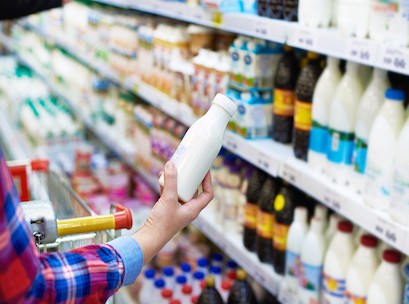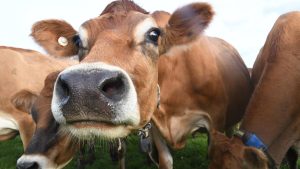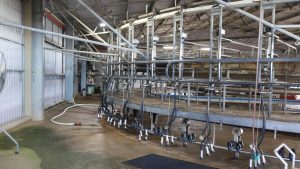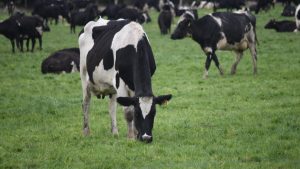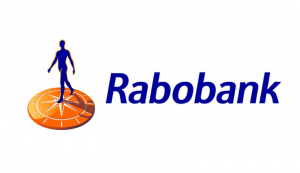
You’re paying more for your milk, but where is that extra money going?
With eye-watering prices for branded milk and home-brand offerings from Coles and Woolworths soaring 50 per cent in just a few years, you’d be forgiven for feeling ripped off when shopping for the kitchen staple lately.
Just this week, prominent Australian journalist Laura Jayes noted that a three-litre bottle of Dairy Farmers full cream milk was retailing for $6.20 at Woolies, suggesting the price had been unfairly inflated. “Wonder why supermarkets are posting record profits?” she said.
A few days later, that price has risen to $6.50, but Aussie dairy farmers say the truth is we’re finally paying a fair price for the milk we love.

Milk price wars
When Coles first slashed the price of its home-brand milk to $1 back in 2011, rival Woolworths quickly followed suit. And, although the price cut would have no immediate effect on already-agreed upon prices at the farmgate, Aussie dairy farmers knew the price war could only mean one thing for them going forward: disaster.
While own-brand products at Woolworths and Coles only account for a small portion of demand for Aussie milk, the country’s two biggest supermarkets play an outsized role in setting price expectations at the retail level.
Long, slow recovery
When Woolworths eventually raised the price of their home-brand milk to $1.10 per litre in February of 2019, promising to give the extra 10c directly to drought-stricken dairy farmers, the damage had already been done: prices at the farmgate had stagnated, rising just 1 per cent per year.
Even so, the move proved pivotal, as Coles and Aldi were forced to match both the price increase and the promise to farmers.
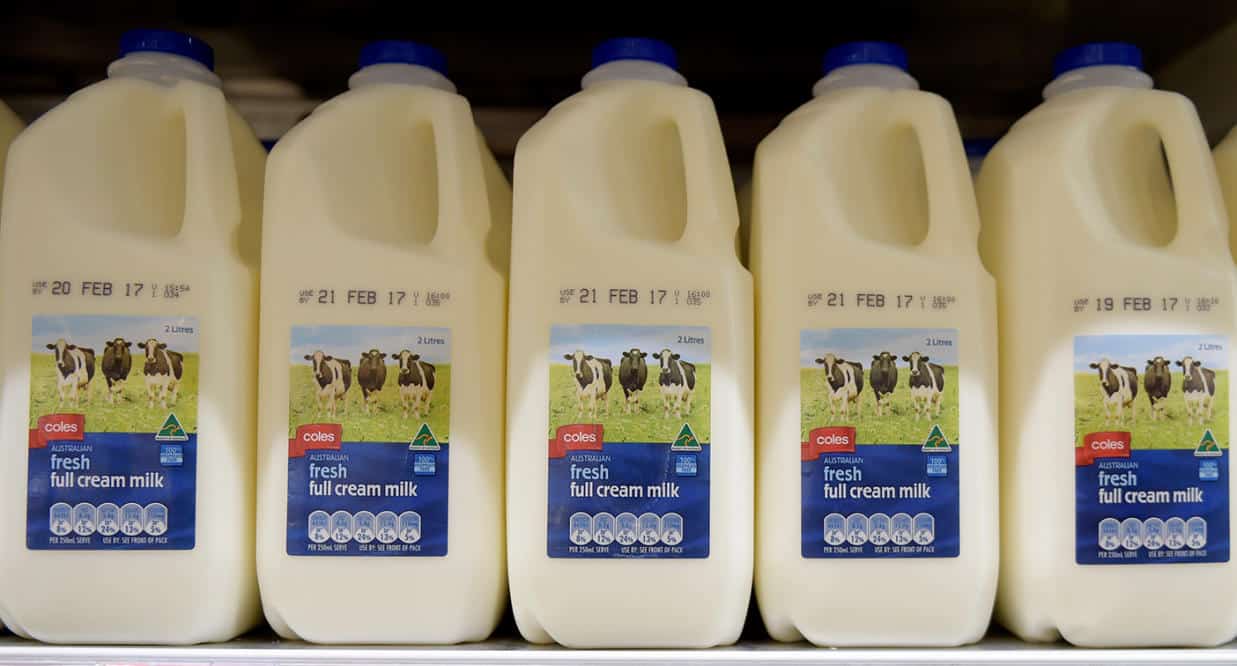
The farmers strike back
Fast forward to 2023, and the fortunes of Australia’s dairy farmers have changed dramatically. Farmgate prices have risen four years out of five, and are up more than 75 per cent from six years ago.
Years of sluggish prices and drought drove many farmers from the industry, and the total value of Australia’s milk production has shrunk by almost $1 billion, but demand for milk remains strong — leaving competing processors scrambling for limited supply, and paying record prices at the farm.
The milk processors then need to charge Coles and Woolworths more for branded bottled milk and, if the supermarkets want to protect its bottom line, they have to pass those costs on to you. And they’ve been doing just that with milk prices far outpacing the rate of inflation since 2019.
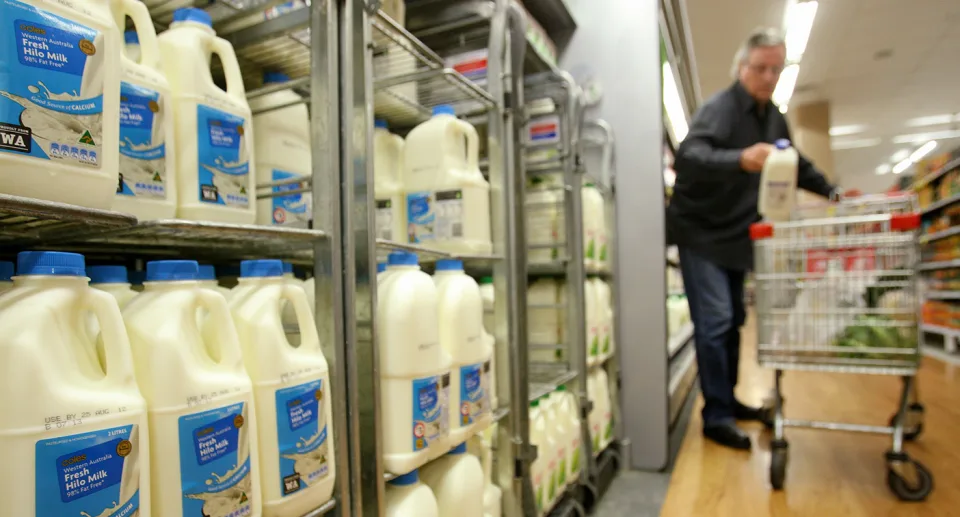
Woolworths addresses price hikes
In a statement provided to Yahoo, Woolies has confirmed why customers are seeing a spike in milk prices. “The farmgate prices paid to dairy farmers have risen to record highs in recent seasons, and as a result we’re paying our own brand suppliers more for milk,” the statement reads.
“Farmgate prices are set by our suppliers — the milk processors — not by retailers. We have clear and transparent contracts which ensure that farmgate price rises offered by processors are passed through to us.
“Across the dairy cabinet, milk brands have increased their retail prices to reflect higher wholesale costs across the entire industry. We remain focussed on delivering value for customers across their shop and we offer more than 6,000 specials every week.”
Farmers reaping rewards
The upside? According to Australian Dairy Farmers President Rick Gladigau, at least some of that windfall is actually going to Aussie dairy farmers. “I’ve been in the industry for 40 years and I’d never seen this,” Mr Gladigau told Yahoo News. “This time it’s different. The milk pricing has well exceeded what we thought was going to happen.
“If you factor in Consumer Price Index (CPI) since 2011, when Coles cut the price of milk to $1 per litre, consumers are paying a similar amount now as they were a decade ago,” Mr Gladigau claimed.
“Some dairy farmers have benefited directly from the recent increases in supermarket prices. Dairy farmers are enjoying historically high prices for their milk, however significant increases in the cost of production have taken the shine off the financial returns.”
Despite rising costs, Mr Gladigau says Aussies can’t afford not to buy Aussie milk. “Australian Dairy Farmers understand the difficulties Australian families face when the weekly grocery bill increases,” he said.
“While the cost of milk has risen in recent times, it remains rich in calcium, contains more than 10 essential nutrients and is one of the most cost-effective ways to nourish your family. It’s much better than imitation products.”
